Relative calm had been seen in the currency markets in Buenos Aires of late after a wild 2018, as a new agreement with the International Monetary Fund (IMF) and the leadership of Central Bank President Guido Sandleris managed to maintain the value of the peso vis-à-vis the US dollar range-bound.
Yet, this past week the peso jittered again, nearing historic lows and forcing the Central Bank to take monetary action, raising interest rates to keep the peso-dollar rate bellow the psychologically significant barrier of $41.
Bloomberg reported yesterday that analysts saw rates remaining where they are into the next month, in a bid to keep the peso stable and reduce inflationary pressure.
The peso’s plunge began last week and extended through Thursday, when the institution led by Sandleris hiked rates to nearly 50 percentage points after the value of the national currency against the greenback had broken above 41 pesos on Wednesday.
Sandleris indicated to the market that the “monetary tourniquet” by which the Central Bank will “vacuum” up pesos will continue at a steady pace, which in turn kept the market at bay. The peso-dollar rate closed the week at 40.10, making it one of the world’s worst performing currencies once again.
Interestingly, in January the Central Bank had been forced to intervene, buying dollars to prop up the value of the US currency as the peso had strengthened beyond the point of no intervention designated by the moving bands designed to keep the value of the peso at a certain equilibrium.
City analysts appeared content with the Central Bank’s actions, as fears of another run on the currency were subdued. “The Central Bank is fine tuning every day, they had seen an opportunity to lower rates, which in turn attracted capit a l , ” e x p l a i n e d analyst Juan Ignacio Paolicchi of the EcoGo consultancy firm to Perfil. “Evidently they went too fast, which in turn pressured the exchange rate.”
The reasons behind the mini run on the peso were relatively vague, but all of them hint to the weakness behind the government’s economic plan, particularly in an electoral year.
While President Mauricio Macri had said previously inflation was coming down, the INDEC statistics institute released figures for January last week showing a month-onmonth increase to 2.9 percent, which could be tied the Sandleris’ lowering of the interest rate since the beginning of the year. At the same time, an announcement by influential index provider MSCI also confused markets, as it indicated that Argentina would remain a ‘Frontier Emerging Market,’ a decision that will be updated in May when analysts expect the country to formally enter the ‘Emerging Markets’ designation.
That move caused the Merval stock index to plunge earlier this week, marking its worst declines in a month on Tuesday. Analysts have also expressed doubts about Argentina’s capacity to repay its debts beyond 2020, once IMF funding dries up, leading many to ponder a possible debt restructuring, particularly in President Macri doesn’t secure re-election in October.
With an IMF mission team
currently in Buenos Aires to
review Argentina’s economic
plans, under the terms of the
US$57-billion bail-out deal
agreed last year, the Supreme
Court this week ordered the
government to pay a debt of
15 billion pesos to the province of San Luis over the retention of so-called “co-participation” taxes, dealing a blow
to President Mauricio Macri’s
aim of enforcing austerity
and achieving fiscal balance
this year.related news













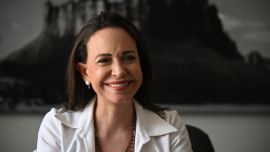
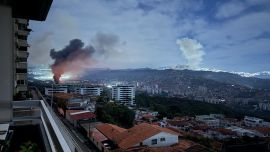
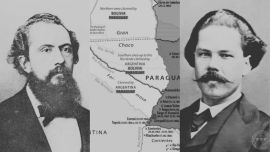
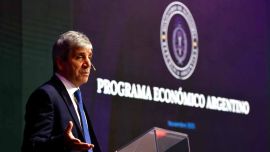

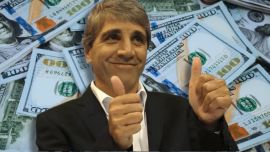
Comments